GELFAND’S WORLD--I ran into an acquaintance the other day who made an interesting observation. His view was that a local organization -- it just happened to be a neighborhood council, but could have been any other local group or nonprofit -- was anti-business. His suggested solution was that the council include more business owners. I'm not sure if this is the best available remedy, but I think the overall question is of interest: Just what does it mean to be anti-business or to be pro-business?
I think it's an interesting question because for me, it's never really been a case of being anti-business in general. It's always been some specific issue involving species preservation or danger to the public. But I'm willing to believe that there are some people who are genuinely anti-business as a core belief. But what does this mean?
I asked a few people for examples of anti-business sentiment or behavior. Here are some of the answers they gave.
The city of Los Angeles has what is called a Business Receipts Tax. Without going into the details, [http://finance.lacity.org/content/BusinessTaxInformationFAQ.htm] I'll summarize the feelings of one local business owner. "If you are going to start a business and you can choose whether to be in the city of Los Angeles or just over the line into an adjacent city, you will want to stay away from Los Angeles." It's considered that much of a negative.
Here is another example. The county has a department that you have to get past if you are going to open a restaurant or other food service business. Honorable people who are trying to obey the law get trapped in an endless cycle of inspections and new demands, a process which drags out the process of new business development. One local business owner I know still spits tacks, at least figuratively, whenever I ask him about what the system put him through. Another local person actually died before he could get his gelato shop open, due to all the red tape.
These are laws and governmental procedures that are directly anti-business. You can argue that the business tax and the health inspectors serve a purpose, and reasonable people can argue over where exactly to draw the line in each case.
But that's not the question I was immediately interested in. I was more interested in the personal issue.
What is the attitude or behavior of a neighborhood council board member that might be considered to be anti-business? I got a couple of specific examples.
The first example was a board motion that my informant took to be ruinous to local businesses. In this case, it was an attempt to help the homeless by directly endorsing the idea of supplying them with small habitations, the ones referred to as tiny houses.
The second example was a discussion supporting the idea of raising the minimum wage for hotel workers.
I think you can debate the merits and demerits of these ideas for weeks on end, but it is obvious that a lot of business owners would oppose making it easier to create homeless encampments on their streets, and the hotel industry would oppose having a minimum wage imposed on it, particularly in the absence of a statewide or national minimum wage increase.
When questioned further, various colleagues offered a lot of other broad topics that fit within the bounds of opposing business development. Fights over rezoning might be thought of as anti-business. For example, a substantial majority of neighborhood council board members opposed the Ponte Vista development here in San Pedro, based on its size and density. You couldn't be more anti-business than that, as long as you consider that it was being anti-business about one specific investment. (Disclosure: I was on a neighborhood council board at the time, and was a supporter of the position to oppose the Ponte Vista development as originally presented.)
The Sunland Tujunga Neighborhood Council opposed a Home Depot development and won. A lot of people found this position to be meritorious, but we have to admit that its merit lies in the opposition to a particular business gaining a position within the community.
One of our City Watch contributors has offered another example. The city of Los Angeles was distinctly unfriendly to Walmart with regard to it going into the Chinatown area. More recently, we've seen arguments over the redevelopment of the old Sportsman's Lodge.
In several of these examples, the question involved whether to support or oppose a particular development. I suspect that reasonable people can have different opinions over whether a development such as Ponte Vista is, on the balance, more of a public good or more of a public negative.
But I suspect that to the person who brought this idea up with me, this still isn't quite the right question, and definitely not the right answer. So allow me to hazard a guess as to what is bugging my friend and, I suspect, lots of other observers.
It's not so much that a few neighborhood council board members are opposed to some particular real estate development at one particular time. The problem is that most of us simply don't attempt to put ourselves in the place of the shop owner or even the hotel. Because we don't try to think about their problems, we don't find ourselves in productive discussions about their plans. We don't go out of our way to walk the proverbial mile in their shoes.
I suspect that it's this indifference that is annoying to the local business owners. They are used to the devotedly anti-business arguments, but seeing their complaints ignored entirely must be a little galling.
It wouldn't be a useful discussion without bringing up one additional point. Most of us don't worry too much about business getting its way with government. That's because most of us see government -- pretty much all government from the city council all the way up to the congress -- as being bought and owned by business interests. Those campaign contributions come from some mighty deep pockets, and they speak loudly to our elected officials.
Perhaps my old friend and I are both correct. The biggest developers get their way, but that doesn't do anything for the mom & pop store trying to stay afloat. The guy trying to open his ice cream shop gets endlessly delayed by governmental red tape, and the local town council doesn't come to his assistance.
There are one or two points where I will probably disagree with my pro-business friends and colleagues. I strongly support the existence and expansion of labor unions as a macroeconomic device. They are the one way we may have available to keep the top 1% from owning everything instead of only half of everything. I don't think that this notion has anything to do with the survival of the mom & pop store on 6th Street in San Pedro or the shoe store on Van Nuys Blvd.
I'm also in favor of rules and regulations that protect our health and safety. We've had some close calls with refinery fires in recent years, and there are a lot of methane and irritants getting into our air from the SCG gas leak. There is a kind of business that brings out the anti in me, and that is the business that endangers our lives.
But the city of Los Angeles is becoming well known for being the place that is cold and indifferent to new business formation. The elected leaders claim otherwise, but it's been slow going on the road to less red tape. If this is so obvious to me and a lot of my friends, then perhaps we ought to make a little more effort towards cutting that tape. It should be low hanging fruit.
Addenda
It seems that the Cleveland-Los Angeles-Anaheim-St Louis-Los Angeles Rams are about to come into existence. In looking at the team's history, we find a nomadic organization that began in Cleveland but only stayed about a decade, moved to Los Angeles and stayed for another 3 decades before moving to Orange County, then went to St Louis for what will be another 21 years, and now will be, once again, in the greater Los Angeles area.
It will be interesting to see whether the team remains in Los Angeles past its traditional quarter-century mark. It will also be interesting to see how a Sunday afternoon game impacts traffic on the 405, considering that this is the likely route for most ticket holders. Add that to airport traffic and the forecast is slow going.
For the south bay and harbor area, it's a blessing that the new stadium isn't going into Carson or the downtown area. I suspect that it's a mixed blessing at best for the west side.
Kevin Drum has written an interesting piece on privacy vs. the right to use drones.
Finally, in response to several comments over my last piece on humans confining themselves to constrained areas such as cities, rather than spreading out at low density over the entire ecosphere: I usually treat misunderstandings on the part of the readers as my own fault, since it is up to me to make the point clearly.
In this case, the piece was not written to excuse lousy city planning, corruption of the regulatory process, or more to the point, the failure to consider ecological concerns in doing city planning. The fact that NYC doesn't have a lot of remaining indigenous wildlife is of some concern, but I fail to see that a city which averaged 20 stories would be any better than a city that averages 40 stories (or whatever NYC actually is) in terms of preservation of wildlife.
Likewise, I can certainly agree that building tall, dense blocks of living spaces has to conform both to safety considerations as well as my proposed protection of the ecological space.
(Bob Gelfand writes on culture and politics for CityWatch. He can be reached at [email protected]).
-cw
CityWatch
Vol 14 Issue 5
Pub: Jan 18, 2015




 In short, it is well past time to institute more extensive, continuous (okay, frequent/iterative), public mapping of methane leaks along with the requirement to and resources for rapidly addressing leaks. With something along those lines, California (and the California Air Resources Board (
In short, it is well past time to institute more extensive, continuous (okay, frequent/iterative), public mapping of methane leaks along with the requirement to and resources for rapidly addressing leaks. With something along those lines, California (and the California Air Resources Board (
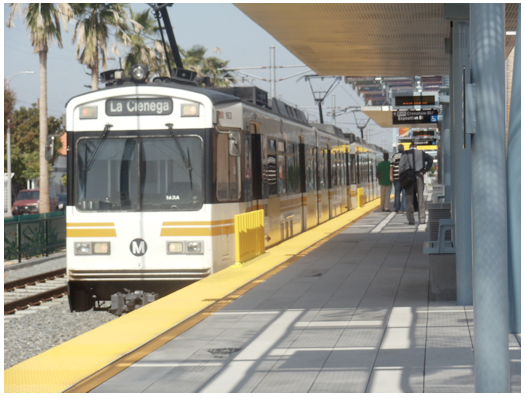
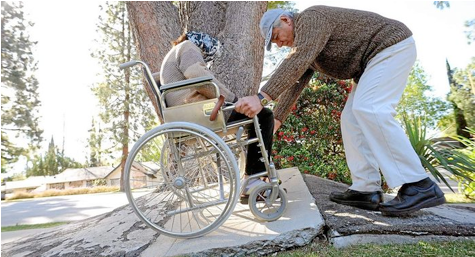
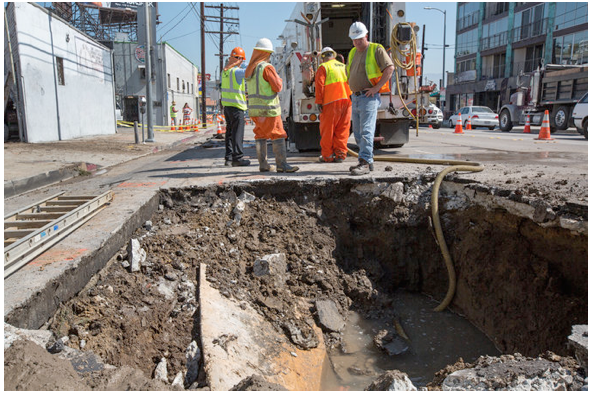
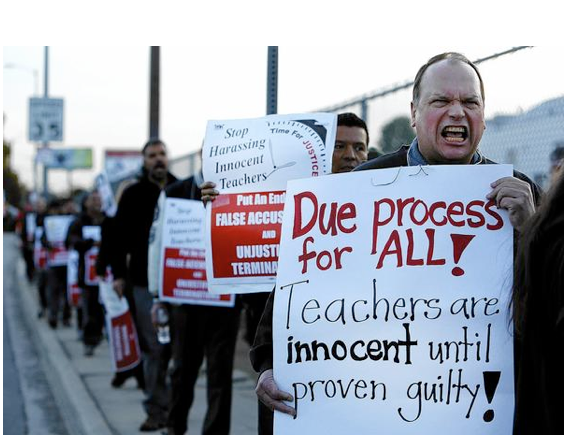





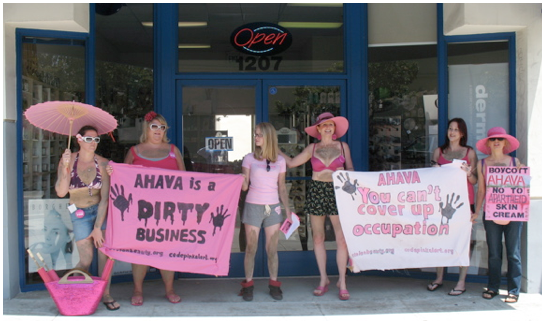


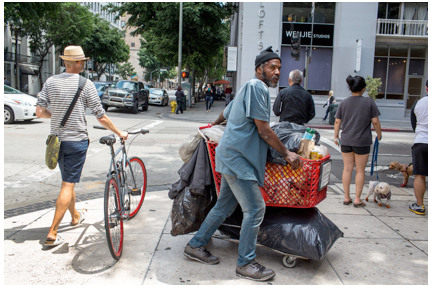
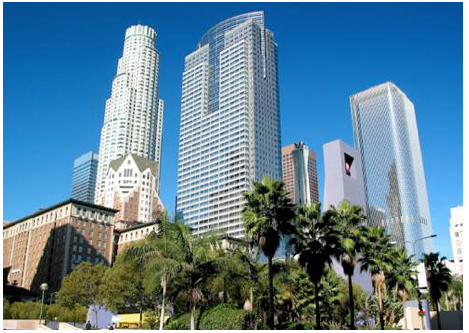
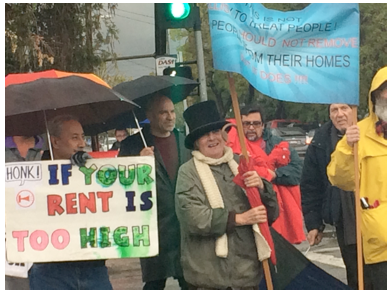
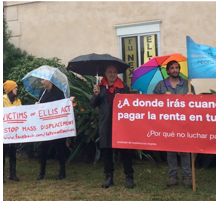 After chanting and picketing in a drizzling rain, the protestors walked down Vermont to the now-empty apartment of Walt Senterfitt for a press conference. Senterfitt and Morris spoke to the gathered crowd in front of piñatas emblazoned with the names of their landlords: Jeffery Scapa and William Silverman.
After chanting and picketing in a drizzling rain, the protestors walked down Vermont to the now-empty apartment of Walt Senterfitt for a press conference. Senterfitt and Morris spoke to the gathered crowd in front of piñatas emblazoned with the names of their landlords: Jeffery Scapa and William Silverman.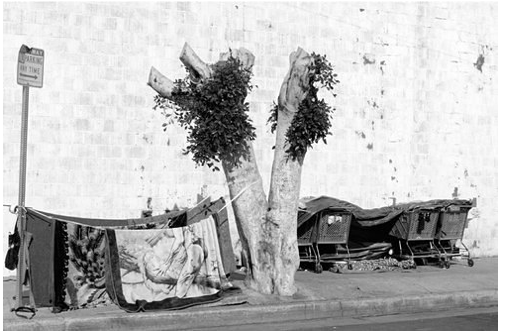
 LATINO PERSPECTIVE-In an Op-Ed last December, the LA Times brought to our attention the results of UCLA’s California Health Interview Survey which noted that only 43% of Californians received a flu shot in 2014. Worse, among Latinos, the largest racial or ethnic group in the state, only 37% were vaccinated, many of them in Los Angeles.
LATINO PERSPECTIVE-In an Op-Ed last December, the LA Times brought to our attention the results of UCLA’s California Health Interview Survey which noted that only 43% of Californians received a flu shot in 2014. Worse, among Latinos, the largest racial or ethnic group in the state, only 37% were vaccinated, many of them in Los Angeles. 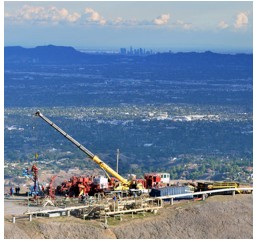 CALWATCHDOG--Gov. Jerry Brown has intervened as activists, analysts and residents decried a massive ongoing leak in a Los Angeles-area gas pipeline. “More than two months after a natural gas leak began emitting large amounts of a greenhouse gas near a wealthy neighborhood here, Gov. Jerry Brown declared a state of emergency on Wednesday, ordering California agencies to move as quickly as possible to resolve the issue after previous attempts to stem the flow of methane failed,” the New York Times
CALWATCHDOG--Gov. Jerry Brown has intervened as activists, analysts and residents decried a massive ongoing leak in a Los Angeles-area gas pipeline. “More than two months after a natural gas leak began emitting large amounts of a greenhouse gas near a wealthy neighborhood here, Gov. Jerry Brown declared a state of emergency on Wednesday, ordering California agencies to move as quickly as possible to resolve the issue after previous attempts to stem the flow of methane failed,” the New York Times 













